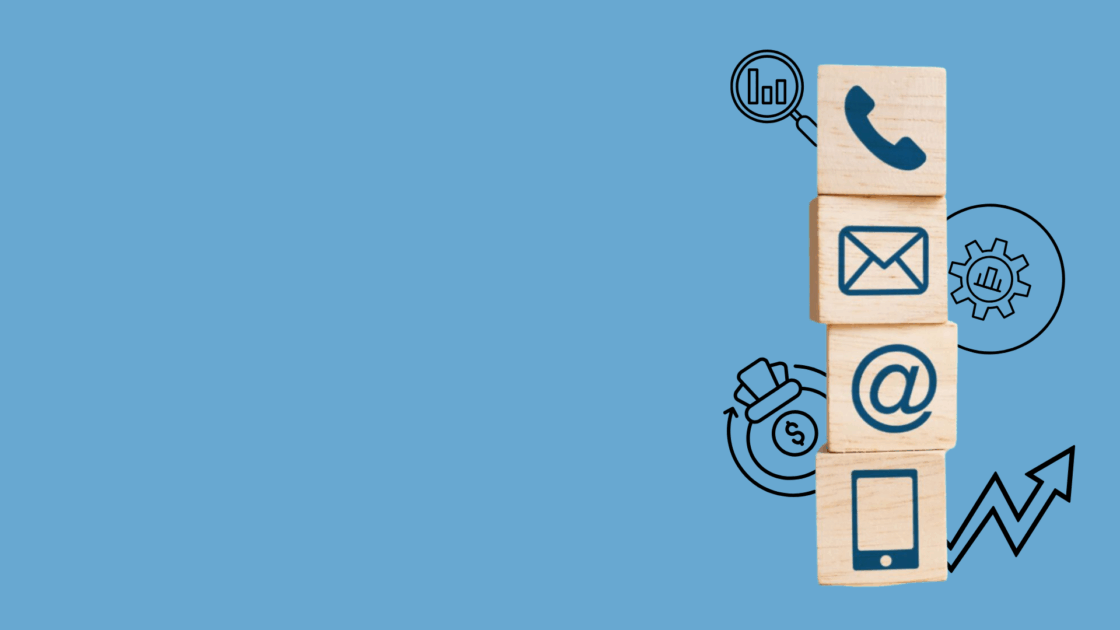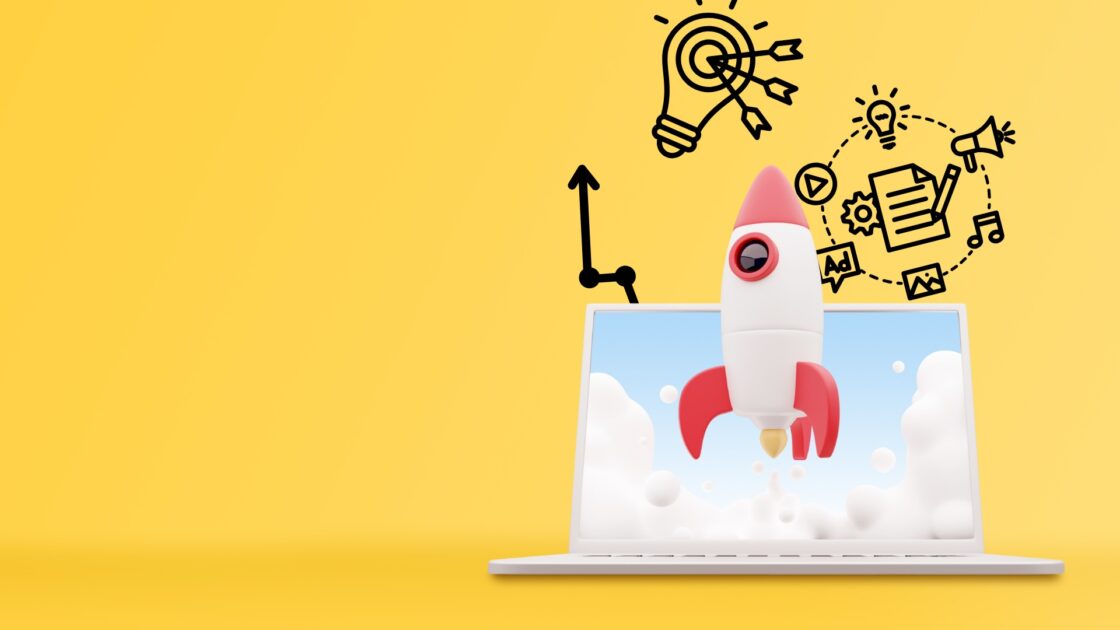Prompting Like a Pro: Generate Event Follow-Up Emails in Seconds
Prompting Like a Pro: Generate Event Follow-Up Emails in Seconds
Events are a cornerstone of B2B marketing—whether it’s trade shows, roundtables, webinars, or customer summits. But one of the most consistent pain points for product marketers comes after the event: writing effective follow-up emails. These communications need to be timely, personalized, and aligned with your messaging, yet they often get stuck in backlogs or written too generically to make an impact.
This is where AI—especially ChatGPT—becomes a secret weapon. By using ChatGPT for product marketing, you can generate highly targeted event follow-up emails in minutes. With the right prompts, AI can help you tailor messaging by persona, industry, or engagement level, all while maintaining your brand voice.
In this post, we’ll show how to use ChatGPT prompts and AI tools for marketers to accelerate post-event workflows, avoid common mistakes, and drive higher response rates that turn events into pipeline.
Why Event Follow-Up Matters
An event is only as successful as the engagement that follows it. According to Forrester’s 2024 B2B Event Marketing Study, 68% of marketers say that timely follow-up is the single biggest driver of event ROI. Yet too often, follow-up emails are:
- Sent too late, when attendees have already moved on
- Too generic, missing opportunities to connect with specific personas
- Written without leveraging the insights gathered during the event
Follow-up is not just a task—it’s the bridge between event investment and pipeline creation. A missed or poorly executed follow-up leaves revenue on the table.
How ChatGPT Speeds Up Event Follow-Up
ChatGPT for product marketing isn’t about automating away strategy; it’s about scaling execution. With well-structured prompts, AI can:
- Draft tailored emails: Create multiple variations for executives, managers, and practitioners.
- Summarize sessions: Condense event highlights into concise takeaways for attendees.
- Incorporate personalization: Reference attendee questions, sessions attended, or topics of interest.
- Maintain tone consistency: Align emails with your company’s brand voice and product messaging.
- Suggest A/B test variations: Generate multiple subject lines or CTAs to improve open and click-through rates.
In 2025, 72% of organizations are now using generative AI in at least one business function—a sign that using AI for communications like event follow-up is becoming a mainstream advantage.
5 ChatGPT Prompts for Better Event Follow-Up Emails
Here are practical prompts product marketers can use today:
1. Persona-Based Follow-Up
Prompt:
“Write a follow-up email for a VP of Finance who attended our product demo at [Event Name]. Highlight cost savings and ROI, keep the tone professional but approachable.”
2. Session Recap Email
Prompt:
“Draft an email that recaps the key takeaways from the ‘AI in Product Marketing’ breakout session. Include 3 bullet points and a CTA to download the full deck.”
3. Lead Nurture Follow-Up
Prompt:
“Generate a follow-up email for an attendee who visited our booth but didn’t attend a session. Focus on introducing our solution with a link to a case study.”
4. VIP Attendee Outreach
Prompt:
“Write a personalized email to a CMO who joined our executive dinner. Thank them for their time, reference a conversation about AI strategy, and propose a 30-minute follow-up meeting.”
5. General Thank-You Note
Prompt:
“Draft a warm thank-you email to all attendees of our webinar. Keep it short, provide the recording link, and include a CTA to schedule a demo.”
These prompts not only save time but also allow for scaling outreach without sacrificing relevance.
Example AI-Generated Follow-Up Emails
Here are two examples of what ChatGPT might generate:
VP of Finance – Demo Attendee
Subject: Unlocking ROI from Your Tech Investments
Hi [First Name],
It was great having you at our product demo during [Event Name]. One of the key questions we often hear from finance leaders is how to accelerate ROI while controlling costs. Our customers typically see a 20% reduction in implementation expenses and measurable ROI within the first 12 months. I’d love to share a quick case study that shows how. Are you available for a 20-minute chat next week?
Director of IT – Booth Visitor
Subject: Simplify IT Operations with [Your Product]
Hi [First Name],
Thanks for stopping by our booth at [Event Name]! I know you didn’t get a chance to attend our session, but I thought you might find this case study helpful—it shows how a Director of IT at a mid-market SaaS company reduced system downtime by 30% using our solution. Let me know if you’d like a deeper dive into how this could apply to your environment.
Best Practices for Prompting Event Follow-Ups
To maximize the value of ChatGPT in event workflows:
- Be specific: The more detail you provide (role, session attended, stage in funnel), the stronger the output.
- Incorporate event data: Feed ChatGPT attendee notes or engagement data to personalize effectively.
- Iterate: Refine prompts with tone and structure adjustments to match your brand.
- Validate: Always review for accuracy and alignment with compliance standards.
- Test and measure: Use AI to generate multiple versions and A/B test them in real campaigns.
As the Harvard Business Review notes, generative AI reduces time spent on writing and analysis by up to 40%, freeing marketers to focus on personalization and strategy.
Pitfalls to Avoid
While AI can accelerate email generation, there are risks if you’re not careful:
- Over-automation: Avoid sending AI-generated emails without review—they can feel impersonal.
- Inconsistent tone: Poor prompting can lead to outputs that don’t align with brand voice.
- Data misuse: Be cautious with feeding attendee personal information into AI systems.
- One-size-fits-all messaging: Ensure outputs reflect different personas and event experiences.
- Ignoring timing: Even the best email won’t work if it arrives weeks after the event.
Integrating AI Into Your GTM Workflow
Event follow-up emails don’t live in isolation—they’re part of a larger GTM motion. AI-enhanced follow-up can:
- Fuel nurture tracks: Personalize drip campaigns faster.
- Support sales enablement: Provide sales teams with persona-tailored email drafts.
- Link to content strategy: Repurpose event highlights into blogs, social posts, and whitepapers.
- Boost conversion rates: Deliver faster, more relevant outreach while competitors lag.
- Create feedback loops: Analyze follow-up responses to refine personas and messaging.
AI helps teams sift through information overload and act with greater speed and accuracy—key advantages in post-event engagement.
The Future of AI-Powered Follow-Up
Looking ahead, AI will move beyond email drafting into orchestrating full follow-up workflows:
- Automated nurture journeys: From first email to meeting scheduling.
- Real-time personalization: Tailoring follow-ups based on live attendee behavior.
- Integrated sales handoff: AI-drafted summaries handed directly to reps.
- Multichannel reach: Extending personalization across LinkedIn, chat, and SMS.
- Predictive insights: AI recommending the best next step based on past attendee behavior.
Imagine an event where every attendee receives not just a thank-you, but a curated experience based on their interests—AI makes that possible.
Conclusion: From Events to Engagement
AI won’t replace the marketer’s intuition—but it can scale execution in ways that were impossible before. With ChatGPT prompts, product marketers can transform event follow-up from a time drain into a strategic advantage.
Timely, relevant follow-up is the key to turning event engagement into revenue. By combining human judgment with AI speed, you’ll improve response rates, accelerate pipeline, and maximize event ROI.
If you’re ready to build AI into your event workflows, connect with Aventi Group. We’ll help you design smarter processes that make every event follow-up faster, sharper, and more effective.




